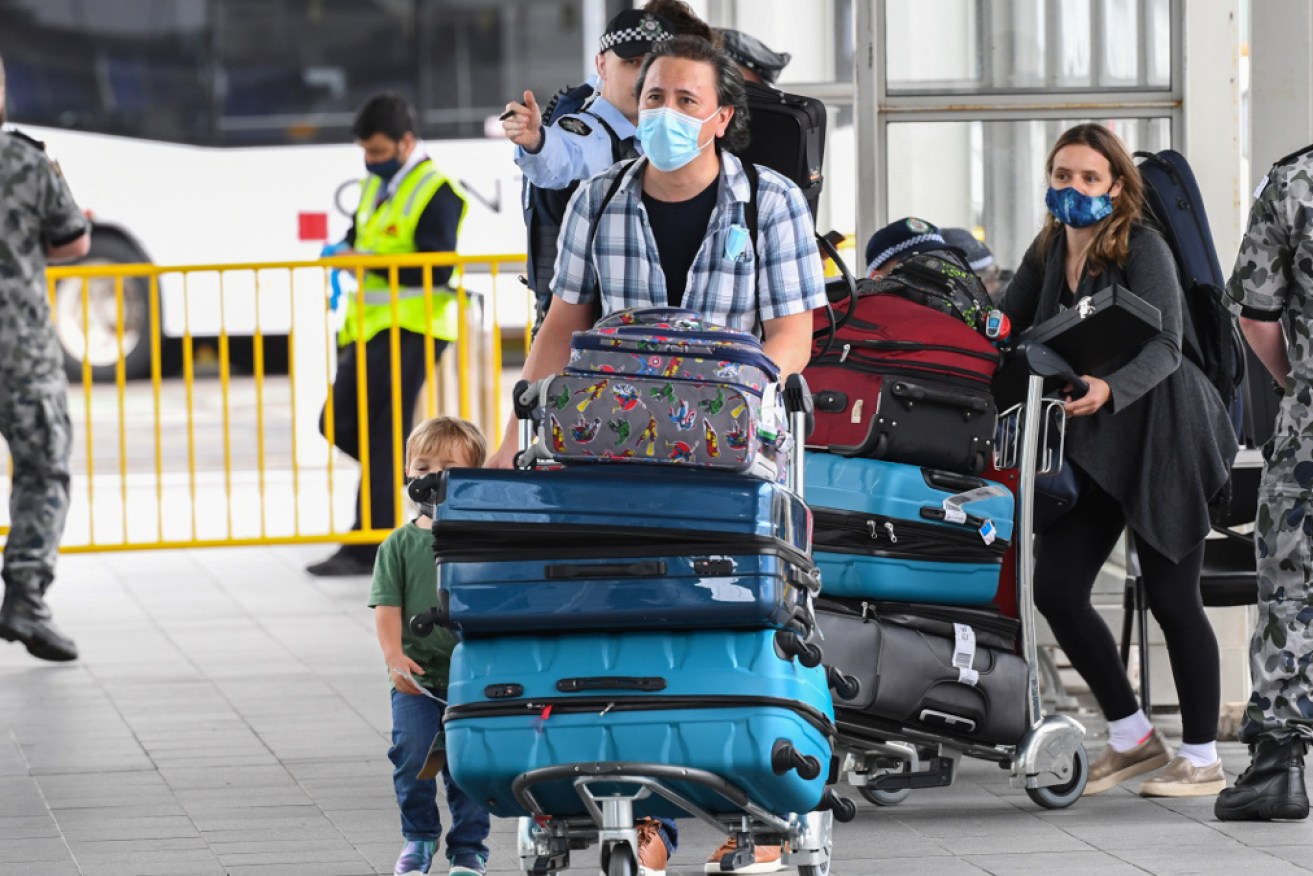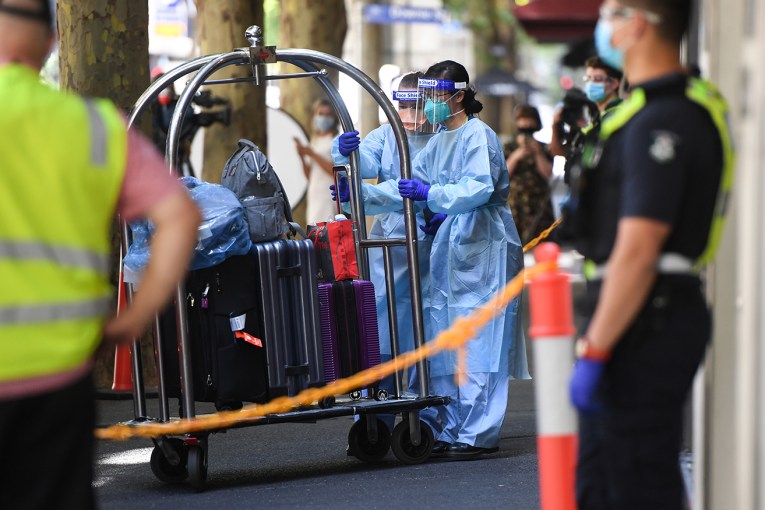COVID test required within three days of travel for international passengers

International arrivals
International travellers coming to Australia will from tomorrow have to take a COVID-19 test and return a negative result within three days of their scheduled flight.
Health Minister Greg Hunt announced on Thursday he had orders under the Biosecurity Act to introduce the new rules unveiled after National Cabinet two weeks ago.
“As of the 22nd of January, PCR tests will be required within 72 hours prior to departure for international travellers,” he said.
“[And] that masks will be required on international flights.
“These will be challenging for many people, and I am apologetic that we need to put in place these restrictions.”
PCR, polymerase chain reaction, tests detect the presence of the virus and involves having a swab inserted up one or both nostrils or the back of the throat.
Tests for international passengers are already mandatory for anyone returning on the Government’s repatriation flights and on many commercial flights.
Mr Hunt said the soaring rates of the virus overseas led to the changes, an attempt to stop as many cases as possible arriving in Australia.
Vaccine training underway
The Health Minister also gave an update on the preparations underway for the first vaccine rollout, expected next month.
He said there would be over 500 additional staff to help deliver the first phase across the country.
“Hospital staff, our cornerstone general practices, state vaccination clinics, all of those groups are already in place,” he said.
“This is to provide the additional support, either within any of those or in particular with the outreach to Indigenous communities, aged-care centres.”
Training for staff delivering the vaccines is expected to start within the next fortnight, “if not earlier” he said.
Mr Hunt said delivering the Pfizer vaccine, which has to be stored at -70 degrees Celsius, required different training.
“The one major difference is simply in terms of using what are called multidose vials, where on average, I think, it’s about five doses per vial,” he said.
“So that will mean they’ll have to draw it out rather than what’s called pre-loaded.
“That makes it slightly more difficult but the nurses the doctors the pharmacists the states are all very confident that this is absolutely within the skill set, subject to providing the necessary training.”
-ABC








